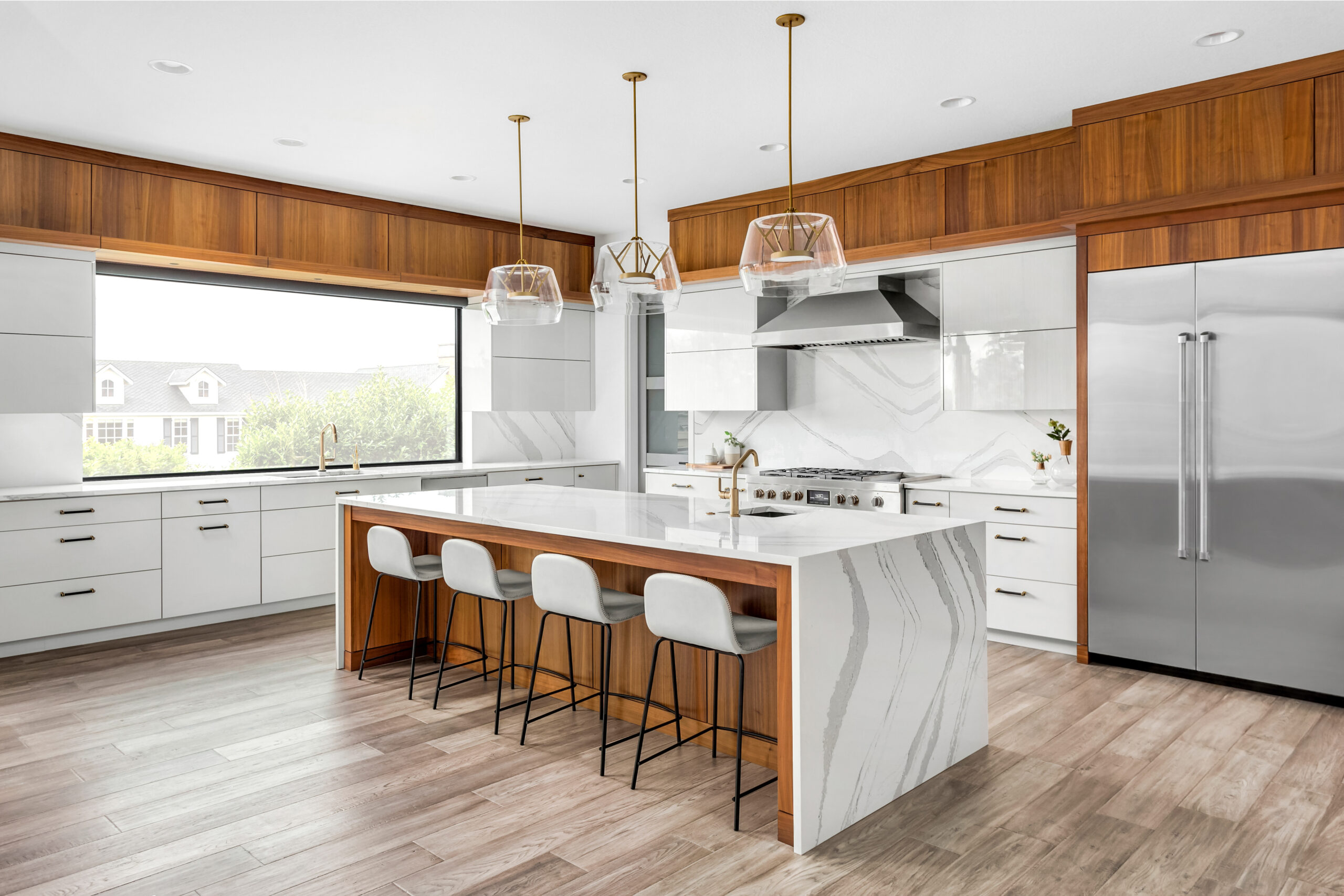Transforming an outdated home into a modern living space can feel overwhelming, especially when faced with multiple areas needing attention. Knowing where to start renovating and which projects deliver the most value is crucial for homeowners working with limited budgets and timeframes. This guide outlines a strategic approach to modernizing an older property, helping you identify the most impactful renovations, understand cost-effective changes, and develop a practical timeline that aligns with your goals and resources.
Assess Your Home’s Condition First
Before embarking on any outdated home renovation project, conduct a thorough assessment of your property’s current condition. This evaluation should go beyond cosmetic issues to include structural elements, electrical systems, plumbing, HVAC, and insulation. Consider hiring a professional home inspector who can identify potential problems that might not be immediately visible. Understanding the baseline condition helps prioritize renovations that address safety and functionality before aesthetics. For example, updating old electrical wiring might be less exciting than installing new countertops, but it’s far more essential for your family’s safety and will prevent costly issues down the road.
Focus on Infrastructure Before Aesthetics
When deciding where to start renovating an older house, always prioritize infrastructure improvements. These foundational elements include the roof, electrical systems, plumbing, HVAC, windows, and insulation. Though less visible than cosmetic upgrades, these improvements provide the greatest long-term value and prevent future emergencies. A leaking roof or outdated electrical panel could cause significant damage or safety hazards if left unaddressed. Additionally, upgrading these systems often improves energy efficiency, reducing utility bills and creating a more comfortable living environment. Once these critical systems are functioning properly, you can confidently move on to more visible updates without worrying about having to tear out new work to fix underlying problems.
Create a Strategic Renovation Plan
Developing a comprehensive plan is essential when looking to modernize your home. Start by listing all desired improvements, then categorize them as “needs” versus “wants.” Next, research the average costs and timelines for each project. This information allows you to create a phased approach based on budget, urgency, and logical workflow. When planning how to update an old house, consider the natural sequence of renovations—for instance, complete messy, structural work before fine finishes, and address upper floors or ceilings before floors. A well-thought-out plan prevents costly rework and minimizes disruption to your daily life. Many homeowners find success using planning tools available through AskHomey and similar resources to organize their renovation strategy.
Budget-Friendly High-Impact Updates
Not all improvements require substantial investments to make a significant difference when you’re looking to modernize your home. Fresh paint transforms rooms instantly and costs relatively little compared to other renovations. Updating lighting fixtures, cabinet hardware, and door handles provides modern touchpoints throughout the house. Consider refinishing existing hardwood floors instead of replacing them, or installing luxury vinyl planks over serviceable subfloors. In kitchens, painting cabinets and changing countertops often delivers dramatic results without the expense of a complete remodel. For bathrooms, reglazing tubs and tiles, replacing dated fixtures, and installing new vanity tops can refresh the space affordably. These strategic updates offer substantial visual improvement while conserving funds for more extensive projects.
Modernize with Thoughtful Design Choices
When updating an old house, thoughtful design choices help bridge the gap between vintage charm and contemporary functionality. Consider preserving architectural elements that add character—like crown molding, wood floors, or distinctive windows—while updating finishes and layouts to align with modern living patterns. Open-concept arrangements can transform compartmentalized older homes, though structural considerations must be evaluated first. Contemporary color palettes featuring neutrals with strategic accent colors create a timeless foundation adaptable to changing design trends. When selecting fixtures and finishes, choose classic styles with modern performance features rather than trend-driven designs that may soon appear dated. This balanced approach honors your home’s history while creating spaces that support today’s lifestyle needs.
Energy Efficiency Upgrades
Improving energy efficiency represents one of the most valuable ways to modernize an older home. Start with proper insulation in attics, walls, and crawlspaces, followed by sealing air leaks around windows, doors, and other penetrations. Consider upgrading to energy-efficient windows if your budget allows, or improve existing windows with weatherstripping and storm windows. Replacing outdated appliances, water heaters, and HVAC systems with Energy Star-rated models reduces energy consumption while providing better performance. Smart thermostats, LED lighting, and water-saving fixtures offer relatively inexpensive ways to further enhance efficiency. These improvements not only reduce monthly operating costs but also improve comfort and appeal to energy-conscious buyers should you eventually sell your home.
Conclusion: Patience Pays Off
Updating an outdated home requires patience, planning, and strategic decision-making. By addressing critical infrastructure first, creating a comprehensive renovation plan, focusing on high-impact changes, making thoughtful design choices, and improving energy efficiency, you can transform your property efficiently and cost-effectively. Remember that renovations often take longer and cost more than initially anticipated, so building buffer time and extra budget into your plans helps manage expectations. The most successful home modernization projects balance immediate improvements with long-term value, creating spaces that function beautifully for today’s needs while honoring the home’s inherent character.
For more tips and to connect with reliable home service professionals, follow AskHomey on Facebook and Instagram.



